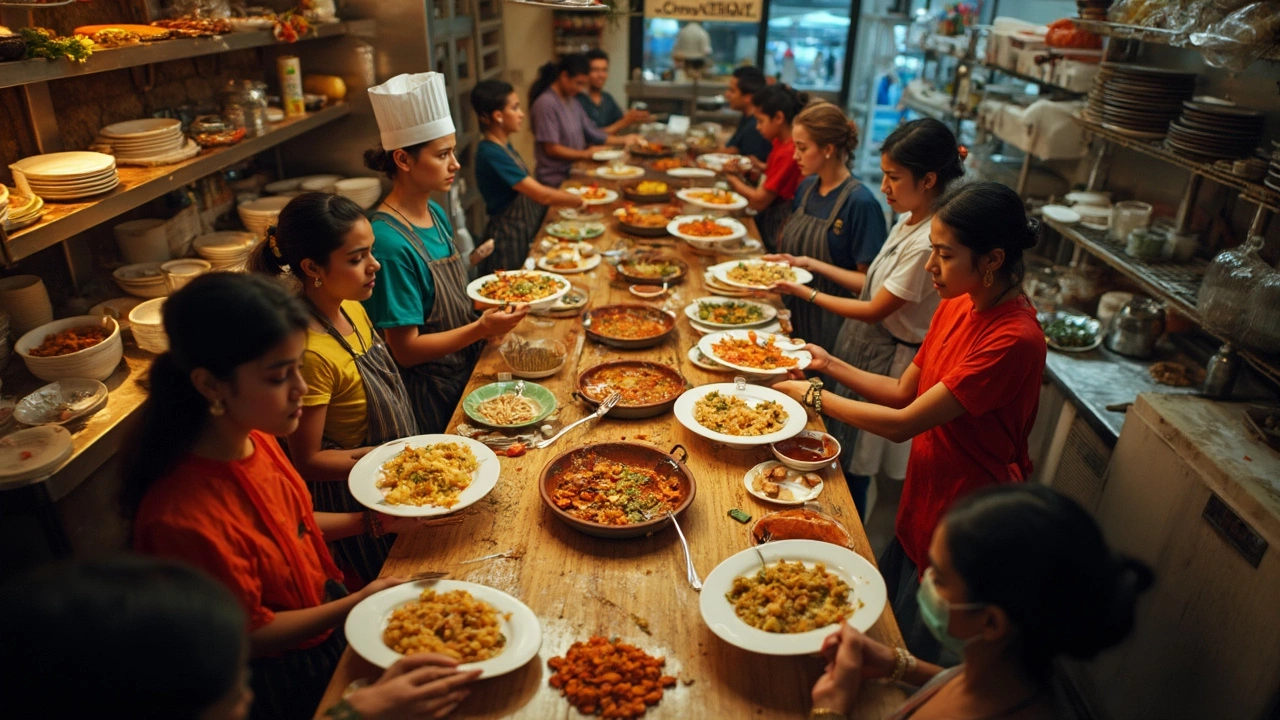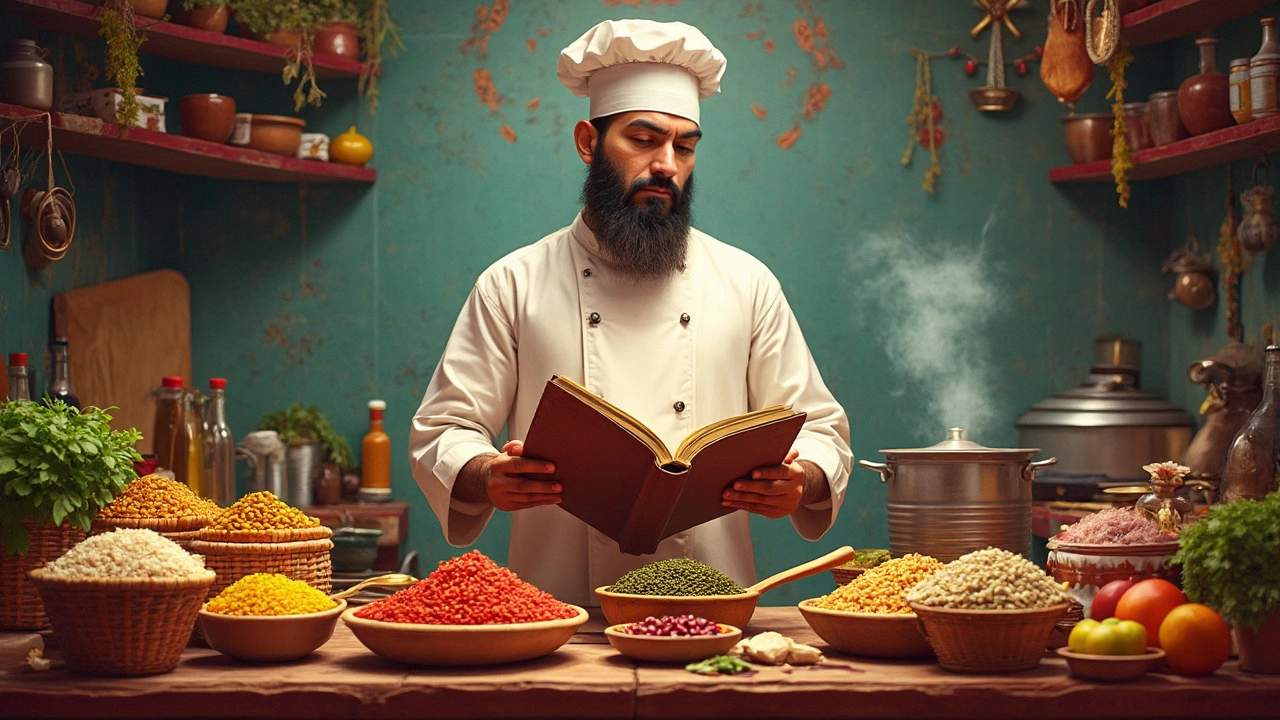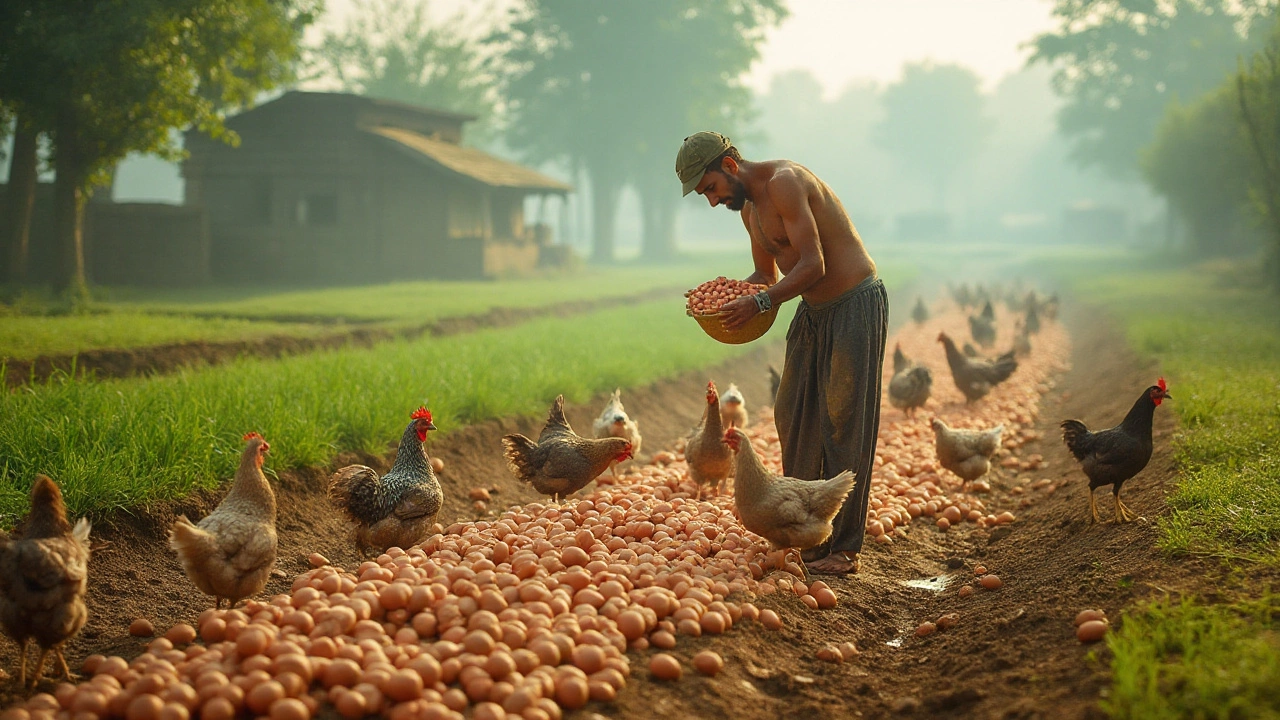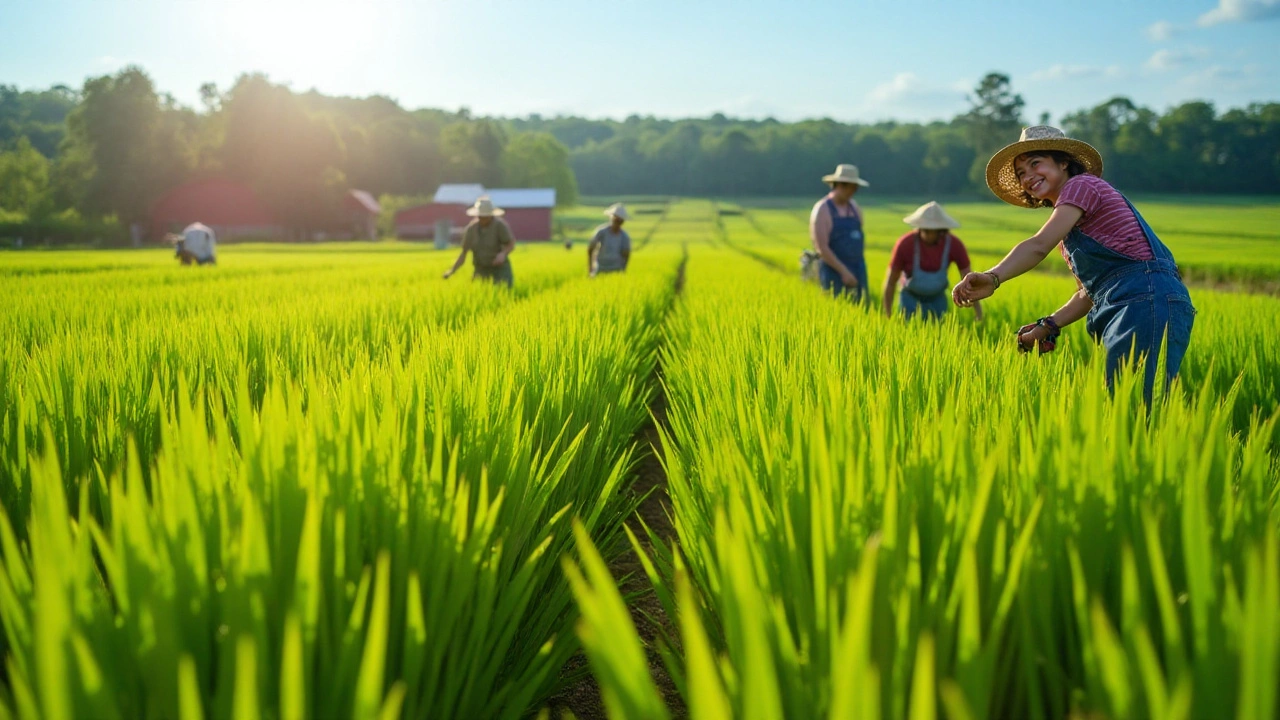Food Processing
When working with Food Processing, the series of steps that turn raw agricultural products into safe, shelf‑stable, and tasty foods. Also known as Food Manufacturing, it connects farms, factories, and kitchens, shaping what ends up on your plate.
One core concept here is the Unit Process, a distinct operation like blanching, pasteurization, or drying that changes food properties. Unit processes are the building blocks of any production line, whether you’re scaling up a spice blend or preserving vegetables for years. Understanding each step helps you control safety, flavor, and shelf life.
Another emerging angle is Zero Waste, a strategy that aims to use every part of a fruit, vegetable, or grain. By turning peels into powders or pulp into snacks, manufacturers cut disposal costs and create new revenue streams. Zero‑waste thinking turns leftovers into ingredients, making the whole process leaner and greener.
Profitability drives every decision in the industry. The Profitability, the margin earned after accounting for raw material, processing, packaging, and distribution costs, hinges on product choice, scale, and market demand. High‑value items like ready‑to‑eat meals, specialty snacks, or fortified grains often deliver the best returns when processed efficiently.
Staple calculations also matter. Take rice, for example: estimating how much a person needs for a year helps planners secure enough grain, set storage parameters, and avoid shortages. The math involves daily intake, cooking loss, and nutritional balance, turning a simple grain into a strategic resource.
Eggs illustrate a common question: are they considered processed food? Egg Processing, steps such as cleaning, grading, pasteurizing, and packaging that prepare eggs for retail, adds safety and convenience but retains most of the original nutrition. Knowing the stages helps consumers decide what level of processing fits their diet.
In fast‑paced kitchens, technology like a restaurant CPU, central processing unit that coordinates orders, inventory, and workflow in real time, streamlines food processing on the floor. A solid CPU reduces wait times, cuts waste, and ensures consistent quality, showing how digital tools intersect with traditional food handling.
Finally, the six classes of food—carbohydrates, proteins, fats, vitamins, minerals, and water—form the nutritional backbone of any processed product. Balancing these categories influences formulation, labeling, and consumer appeal. Processors who master this mix can create foods that taste good and meet health standards.
Below you’ll find a curated set of articles that dive deeper into each of these topics. From unit‑process examples to profit‑maximizing tips, the collection offers practical insights you can apply right away.
How Much Rice Does One Person Need for a Year? The Real Numbers Explained
Curious about how much rice one person needs to survive a year? This article breaks down the math, nutrition, and practical tips for long-term rice consumption.
Zero Waste Fruits: Tasty Nutrition and No Leftovers
Find out which fruits create zero waste, how you can eat every part, and clever ways to make your snacks more sustainable. No peels in the bin!
Unit Process Example in Food Processing: What Really Happens Inside the Factory
This article dives into what a unit process means in the world of food processing and gives a concrete example that anyone can relate to. It uncovers how these steps make food safer, tastier, and longer lasting. There's a focus on why each step matters, not just for big factories but even for home kitchens. If you've ever wondered exactly what happens to your food between farm and fork, this breaks it down into easy-to-understand chunks. Tips for recognizing unit processes in everyday foods are sprinkled throughout.
CPU in a Restaurant: What It Is and Why It Matters for Food Processing
Ever wondered what a CPU is in the world of restaurants? This article unpacks the restaurant CPU, breaking down how it works and why it boosts efficiency behind the scenes. You'll get real examples and easy tips to understand the system, plus a look at how the CPU changes everything from food quality to staff workflow. Whether you run a kitchen or simply love dining out, you'll walk away knowing exactly how a solid CPU keeps things moving fast and smooth. All explained without the jargon.
Exploring the Six Classes of Food: Key Insights for Food Processing
Food processing units need to understand the six classes of food to create balanced and nutritious products. These classes—carbohydrates, proteins, fats, vitamins, minerals, and water—play essential roles in maintaining health. Knowing how each class contributes to the body can help in developing better food items. This article provides insights into each class, offering tips and interesting facts to aid food processors in their work.
What Food Item Rakes in the Most Profit?
In the food processing industry, maximizing profit hinges on understanding which food items generate the most revenue. Surprisingly, the item that comes out on top isn't always what one might expect. From snack foods to quick meals, the key is often in the processing, packaging, and marketing. Let's delve into some of the most profitable food items and discover what makes them so lucrative.
What's the Most Profitable Food to Sell?
Finding the most profitable food to sell is crucial for anyone entering the food processing industry. This article delves into various food products, exploring their profitability based on market demand, production cost, and consumer trends. We'll also touch on some interesting facts and give practical tips for making the right choice. Understanding which foods are in vogue and how to maximize your business plan could pave your way to a thriving enterprise.
Understanding Egg Processing: Are Eggs Considered Processed Food?
Eggs are a staple in many diets around the world, but there is often confusion around whether they qualify as processed food. This article delves into what constitutes processed food and examines whether eggs fit this category. We'll also explore the various stages eggs undergo from farm to table and bust some common myths about egg processing. Understanding the journey of eggs can help consumers make more informed choices.
- manufacturing
- India
- food processing
- garden tips
- rice cultivation
- government schemes
- balcony garden
- urban gardening
- balcony gardening
- profitable business
- business ideas
- plastic manufacturing
- drip irrigation
- plant care
- steel manufacturing
- sustainable gardening
- startup ideas
- steel industry
- flower gardening
- textile manufacturers













